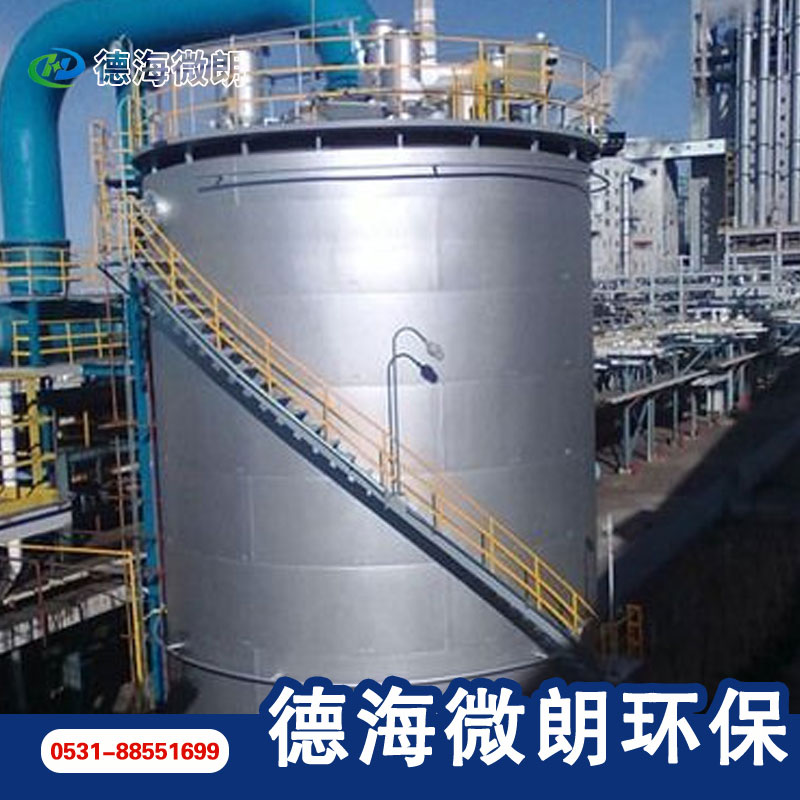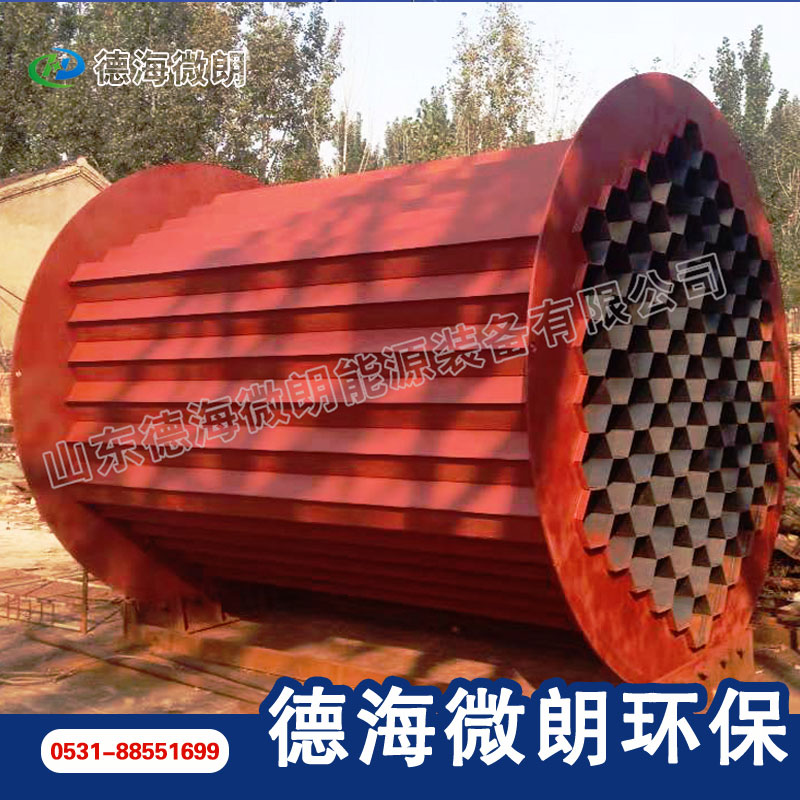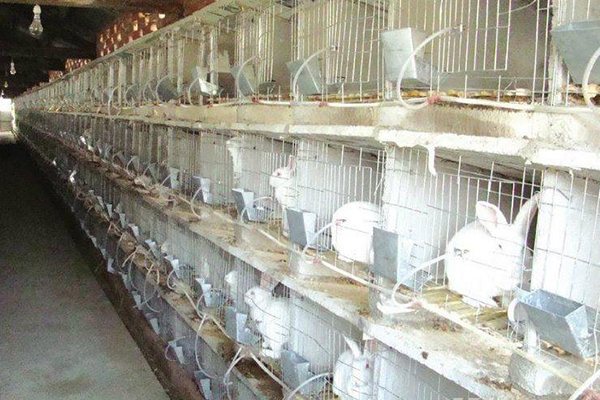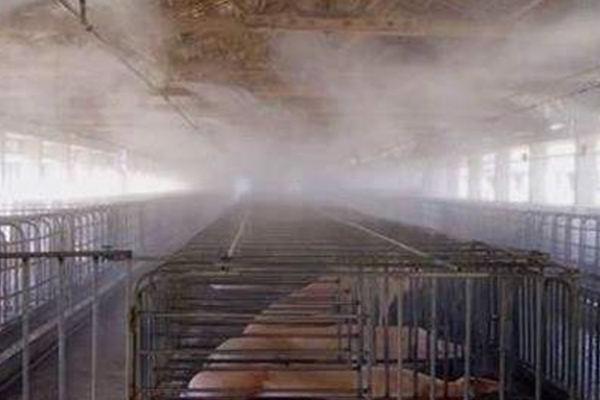Application industry: It is used for liquid purification such as water and paint, solid-liquid separation in machinery, metallurgy, chemical industry, prevention and control, printing, electric lock, medicine, food and other industries, food and beverage, fruit wine, biochemical water treatment, high-end aquaculture, etc.

Activated carbon adsorption and catalytic combustion equipment is a common volatile organic waste gas treatment equipment. It is energy-saving, environmental protection, no secondary pollution, and high purification efficiency. It is a very good equipment for VOC waste gas treatment. Generally, the main composition of activated carbon adsorption catalytic combustion equipment is as follows: Pretreatment equipment: since honeycomb activated carbon adsorption requires specific conditions such as temperature, humidity and cleanliness, it is necessary to treat the organic waste gas with different characteristics before entering the activated carbon adsorption. The organic waste gas containing more dust particles needs to be filtered. The waste gas with a temperature greater than 45 ℃ needs to be cooled, and the waste gas containing a large number of water mist particles needs to be separated and filtered. Activated carbon adsorption bed: it can absorb organic waste gas by taking advantage of the porous physical characteristics of activated carbon. The design of the adsorption bed follows the law of two-phase adsorption curve. Only by combining the amount of activated carbon and calculating the cross section wind speed and retention time of activated carbon adsorption can the adsorption efficiency meet the design requirements and meet the emission standards. The box is in negative pressure state during equipment operation, and it is required to be air tight. The desorption temperature of the box is between 70-100 ℃ during the desorption process, and the heat preservation is generally 50mm considering the energy saving and safety factors. Ensure that the temperature of the outer wall of the box is not higher than the normal temperature by 15 ℃. Main exhaust fan: as the main power of the equipment, the exhaust fan guides the air to move according to the specified process. The fan can be selected accurately only when it is stable and reliable, and the resistance calculation of the system is accurate. The operation of the fan will produce noise, and the high-power fan needs to be equipped with a sound insulation room. Attention shall be paid to the design that the wind speed at the air outlet shall not be too high. Catalytic combustion equipment: after the system has operated for a period of time, the activated carbon needs to be regenerated after adsorption saturation to restore the adsorption activity of the activated carbon. The organic waste gas is concentrated in the activated carbon. After the organic matter is separated from the activated carbon layer at low temperature, it is decomposed into water and carbon dioxide at about 300 ℃ through the action of catalyst. At the same time, the energy is released. The energy is replaced by the heat exchange device to maintain the energy of spontaneous combustion of the equipment. For a single activated carbon adsorption bed, the desorption time is 2-2.5 hours. The set time of activated carbon adsorption box is automatically switched to desorption regularly. The service life of the ceramic honeycomb noble metal catalyst loaded inside is 8000 hours. The whole desorption system adopts multi-point temperature control to ensure the stability of desorption effect. The selection of organic waste gas catalyst is the core of this equipment. Valve switching system: valves include adsorption system valve, desorption system valve, cooling and emergency discharge valve. The three types of valves are required to be timely and accordingly to ensure that the air leakage rate is less than 2%. The conventional galvanized sheet air valve in the market has air leakage due to unreliable sealing, so it is necessary to select the high temperature resistant air valve with silicone gasket. The temperature is reliable when opening and closing the valve. Due to the temperature of the gas through which the valve passes, it is very easy for conventional plastic electric actuators to age and deform, resulting in ineffective execution. Generally, long rod actuators are used.

According to the source of sewage, sewage microwave ultraviolet water treatment equipment mainly includes production sewage microwave ultraviolet water treatment equipment and domestic sewage microwave ultraviolet water treatment equipment. The former refers to industrial sewage microwave ultraviolet water treatment equipment and hospital sewage microwave ultraviolet water treatment equipment, while domestic sewage mainly refers to sewage generated in daily life, municipal sewage microwave ultraviolet water treatment equipment, etc. Sewage quality includes TSS, namely suspended solids in water, sewage type and proportion, etc. The types of sewage and water quality are different. When choosing ultraviolet sterilization equipment, production Microwave drying It shall be configured differently. Water volume mainly refers to the average flow and peak flow of sewage to be treated. Secondly, consider whether the equipment operation time is 24 hours or intermittent water supply. In addition, Microwave drying manufactor In addition, the discharge standards for effluent quality requirements and the bacterial indicators and requirements for sewage inflow and outflow shall be considered, and the number of modules required for the UV sterilization equipment of the sewage microwave UV water treatment equipment, the number of lamps included in the module, and the discharge distance of the module shall be specifically designed. In addition, when selecting equipment, we must first determine the treatment water quantity, water quality, discharge standards and other factors. In the process of model selection, the quality, service life and after-sales service of ultraviolet sterilization equipment should be comprehensively investigated.

Domestic sewage industrial sewage integration equipment Application industries: municipal sewage, pharmaceutical and chemical sewage, food processing industry sewage, grease, garbage, printing and dyeing prevention industry, wastewater phosphorus removal engineering, environmental protection sewage treatment and other industries. . Precision filtration equipment Application industry: It is used for liquid purification such as water and paint, solid-liquid separation in machinery, metallurgy, chemical industry, prevention and control, printing, electric lock, medicine, food and other industries, food and beverage, fruit wine, biochemical water treatment, high-end aquaculture, etc.

The catalytic combustion equipment for waste gas treatment is mainly used as a supporting part of the catalytic bed electric heating oxidation combustion system in the CO/RCO adsorption+desorption+catalytic combustion system. It is widely applicable to the purification and odor elimination of hazardous waste gas volatilized or leaked from painting, printing, household appliances, footwear, plastics and various chemical workshops, and is suitable for low concentration (1501000) The organic waste gas that is not suitable for direct combustion or catalytic combustion and recovery treatment will be concentrated by activated carbon adsorption, and then the high concentration organic waste gas will be removed through the desorption procedure and sent to the unit for thermal oxidation reaction. The self heating effect of the organic waste gas catalytic reaction can greatly reduce the heat consumption of the electric heater, especially for the treatment sites with large air volume, Satisfactory economic and social benefits can be obtained. Application scope of exhaust gas catalytic combustion equipment: 1. Industrial applications: common pollutants discharged from petrochemical, light industry, plastics, printing, coating and other industries; 2. Waste gas type application: hydrocarbon compounds (aromatics, alkanes, olefins), benzene, ketones, phenols, alcohols, ethers, alkanes and other compounds; Features of catalytic combustion equipment for waste gas treatment: 1. Convenient operation: fully automatic control during operation. 2. Low energy consumption: during normal operation, the equipment operates at low power (or no power) because the exhaust gas has some concentration. 3. Stable performance: pressure relief and self protection, fire resistance and dust removal, over temperature alarm and automatic control. 4. Low resistance: honeycomb ceramic catalyst impregnated with today's advanced precious metal palladium and platinum has a large specific surface area. 5. Small floor area: only 70% of the same products in the same industry. 6. Long service life: the catalyst is usually replaced within 4 years




